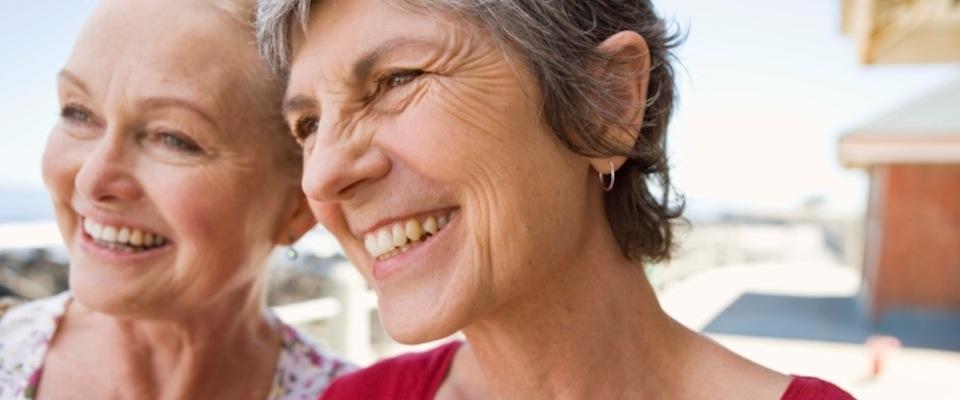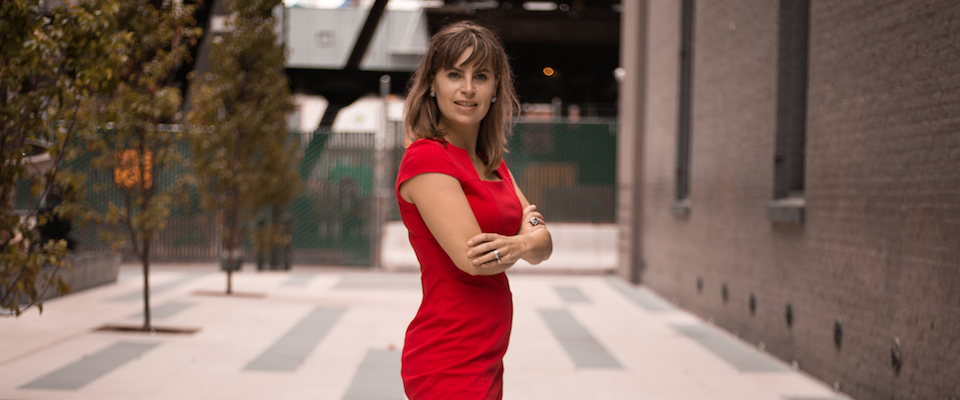Two women face each other at a small table at the back of a café in Berkeley. A hot autumn sun pulses through the glass. One of the women, sturdy in a chambray shirt and large glasses, shakes her head with a false smile: “Then I just lost it.”
Her friend, a slightly older 60-something in running shoes, her lean left knee tucked below her chin, nods in understanding.
“Mary Beth was stuck. She had nobody to call except me,” the first woman goes on. Mary Beth, I learn through discreet eavesdropping, is a lawyer and the woman’s daughter. Her kids had needed to be picked up from elementary school early the day before, which would have forced her to cancel a tense, important client negotiation. “It was the second time this week that happened,” the woman continues. “I love my grand kids. I love my daughter, but . . .” She appears on the verge of screaming, or crying. Her friend in the running shoes listens attentively, speaking softly so as not to be heard by those around them.
Almost everyone at the café is over 60, fairly equally divided between men and women. It’s also playoffs week for the National League pennant, and the Giants were one game away from the title. Nearly all the men’s tables are dominated either by baseball talk or the upcoming governor’s race.
“Pretty standard,” Andy Scharlach, a UC Berkeley professor of aging and director of its Center for the Advanced Study of Aging Services, says with a chuckle when I describe the morning café scene. Men, whatever age, he observed, tend to blather about safe topics circling over and around their tender anxieties, while women are ever more pragmatic and direct about the foibles and frustrations brought on by the passage of time. What those different styles of conversation also reveal, Scharlach says, is the difference in resilience between men and women.
Resilience, it turns out, is one of the keys to successful aging: Over and over again, Scharlach’s research has shown that women generally retain far more resilience as they age than men. Biological difference and genetic inheritance clearly play important roles in our health as we age, but resilience, an admittedly fuzzy concept, can also affect our biological response to stress, and therefore to both cardio illness and cognitive failure. Where does resilience come from?
It begins very early, he says—often even before boys and girls learn to read. “You become resilient by dealing with small-scale stressors that you’re able to learn from. Women have many more opportunities to do that in their lives than men do, in part because they have more exposure to the stresses that come from being excluded from the privileges that come automatically to little boys,” he says. “And that continues throughout women’s lives as they carry different burdens and expectations from men. Women still carry more child rearing responsibilities. They carry more of the emotional load in families. The gender biases that exist either beat you down, or you develop a sense of yourself and others as being OK.”

A second source of female resilience concerns what many sociologists have noticed in gender relations across the lifespan. Says Scharlach: “Women develop richer social networks than men that are not as work bound, and not as sports bound, or activity bound.”
Susan Folkman, a UC Berkeley grad, spent the last decade of her professional life as a distinguished professor of medicine at the University of California, San Francisco. Her first major research concerned how men learned to take care of each other during the worst years of the AIDS epidemic. From there she looked at the kinds of people who learn and succeed in caregiving—especially as they age. “From a very early age,” she notes, “boys are indoctrinated with the athletic metaphor: You don’t give up. You keep going after that success. You fight for it. You don’t take a second. You just fight harder. I don’t think women are brought up with that metaphor.” Nearly all the women understood threat and challenge as physical danger, something that had to be mastered, but more importantly, something that had to be understood. “I think all that’s very embedded very early in males and females,” she says.
Folkman and her husband are both in their 80s. They each have regular lunches with their friends. “I have my woman friends,” she says, “and we talk about things that (would cause) my husband to get up and leave the table…like the nature of our relationships with our children and children-in-law. The men prefer things that are easy to speak about where everything is beautiful and perfect, but everything is not beautiful and perfect. Being able to complain about a child or a child-in-law, or a grandchild, is socially non-acceptable. You can’t do that in public. But with your close women friends, you can just lay it out. Women in the geriatric dining room also talk about the families they grew up in. Many of the women talk about that; the men much less so.” She smiles, adding, “I don’t know what men talk about.”
And there is something more profound at work: a marked difference in spousal mortality rates following the death of a partner. A man is much more likely to die in the first six months following the death of his wife than is a woman following the death of her husband. While there are slight differences concerning race and ethnicity in what’s called the “widowhood effect,” the greater death toll among men appears to be a worldwide phenomenon.
“Why do men have much higher mortality rates in widowhood than men?” she asks. “Because we prepare for our partner’s death ahead of time. On an often quite unconscious level we imagine ourselves as a widow. Women are simply much more likely to do that than men.”
With a sly wink, she suggests that male unwillingness to talk about failures and frailty might be genetic across animal species: “Sick male animals hide because it’s threatening to show illness.”
Janice Schwartz, another gerontologist at UCSF, has also focused on gender gaps in health, longevity and caregiving. She is even more convinced of the negative consequences that result from conventional men’s inability to form close friendships and strong social networks following retirement. “My husband and his friends do not talk,” she says. “I know more about what’s going on with his friends and their partners than he does. They just hang out and do good ole boy speak.”
Schwartz’s research extended well beyond the upper-middle-class-territory of doctors, businessmen and technologists. She spent several years interviewing and following aging residents of a residential retirement trailer park north of San Francisco in Sonoma County, where she found the same behavior she observed among her and her husband’s friends.
With a sly wink, she even puzzles a bit about whether male unwillingness to talk about failures and frailty might be genetic across animal species. “Sick male animals hide because it’s threatening to show illness,” she says, going on to explain that often men behave like spoiled children who would rather hide their frailties than address them openly. “Maybe that’s a predictor of how they will cope (or fail to cope) later.”
She recounts a recent case when one woman’s husband had been hospitalized. “Of course we (the women) all knew, e-mailed, texted each other. The guys go to dinner and none of that comes up. I ask my husband if they talked about X’s problems.
“‘We didn’t talk about that’, he said. ‘What do you mean it didn’t come up?’ I answered. ‘I’m hearing it from his wife.’ ”
From the forthcoming book The Fate of Gender, with research supported by a Journalists in Aging Fellowship, a collaboration of New American Media and the Gerontological Society of America, sponsored by the Silver Century Foundation.




















